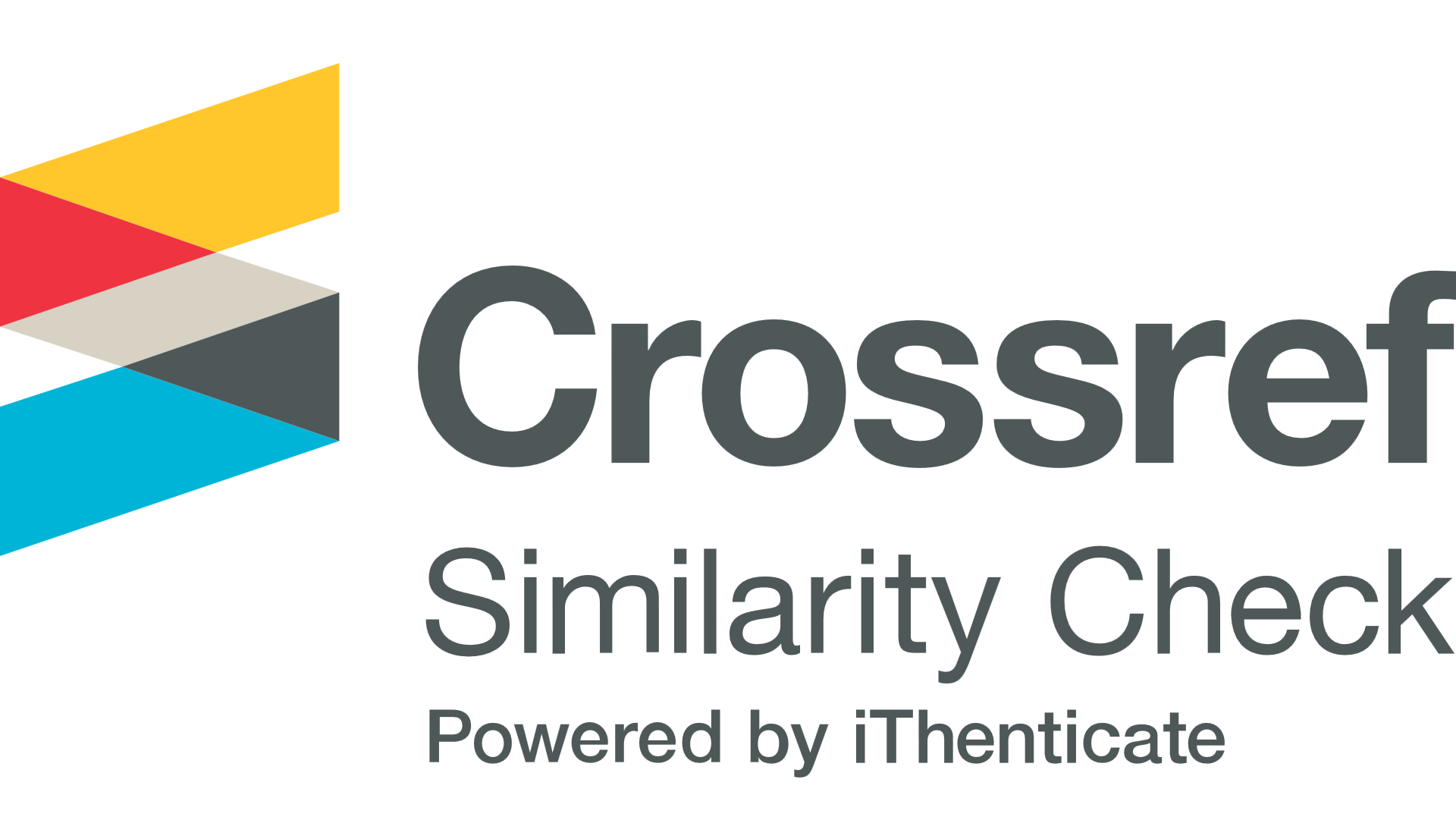Submissions
Submission Preparation Checklist
As part of the submission process, authors are required to check off their submission's compliance with all of the following items, and submissions may be returned to authors that do not adhere to these guidelines.- The submitted manuscript must be original or review, not been previously published or is under simultaneous appreciation in another journal.
- The submission should be in Microsoft word document file format (*.doc or *.docx).
- The first submission must contain the files "Cover" and "Manuscript".
- Figures and tables must be inserted in the text, with their respective legends, where suitable. Tables must be editable.
- All authors are responsible for the truthfulness and trustworthness of the work, and any conflicts of interest must be informed.
- The articles can be published in Portuguese and/or English. However, all works must contain title, abstract, and keywords in both languages.
- The "Cover" file must include, for all authors, information for highest degree, affiliation, e-mail address, ORCID, and contribution to the work.
- All works that involve humans (directly or indirectly) or animals must present the protocol number of approval from the ethics committee in research.
- References must be in American Psychological Association (APA) 7th edition style.
- The work has up to 9 (nine) authores, with contributions indicated in the "Cover" file.
Biosciences
Works aimed towards the study of biological processes as a whole, including phenomena in organismal level or in ecological contexts.
Health
Studies focused on questions relevant to the human health. This might be on different levels, being accepted, for example, submissions based on basic science, epidemiological assessments, or case reports.
Innovation
Research with focus on development, proposal and evaluation of new techniques, solutions, and products for questions pertinent to the Health Sciences as a whole.
Copyright Notice
Copyright Statement
The authors retain the copyrights and grant the Journal the right of the first publication, with the work being simultaneously licensed by a Creative Commons - Attribution - Non-Commercial 4.0 International License.
Privacy Statement
Privacy policy
The names and addresses informed in this Journal are used exclusively for the services provided by this publication and are available neither for other purposes nor to third parties.
Copyright Statement
The authors retain the copyrights and grant the Journal the right of the first publication, with the work being simultaneously licensed by a Creative Commons – Atribution – 4.0 Internacional.




























